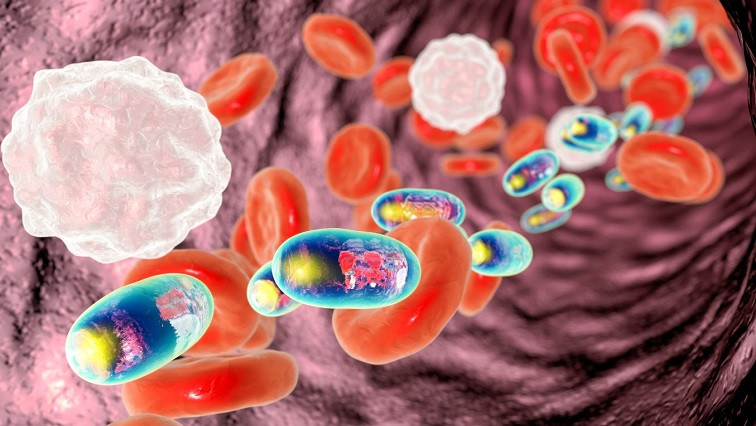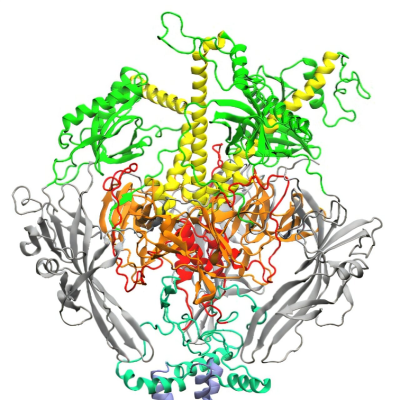In collaboration with experts in Australia and Germany’s Max Planck Institute for Polymer Research, Flinders University Professor of Biomedical Nanotechnology Krasimir Vasilev is testing the body’s responses to various surface treatments to nanomaterials.
This novel approach, called ‘plasma polymer deposition’, shows the potential to tailor the physiological responses to nanomaterials by engineering their surface chemical composition to suit a particular application.
Nanoparticles are widely used for biomedical applications – from vaccines to drug delivery, diagnostics and therapeutics – usually resulting in a response of some kind by the body’s innate immune cellular responses to the foreign body.
“We are working on a wide range of nanoengineering techniques and technologies that are capable of tuning a body’s immune response to nanoparticles used in medical treatments and delivery of various therapeutics in order to improve their efficacy in advanced lifesaving applications,” says Matthew Flinders Professor Vasilev, from Flinders Health and Medical Research Institute at Flinders University.
“When a foreign object enters our body, naturally the body reacts to protect itself. That’s why we get scars from a cut, or an itch from a mosquito bite. Our immune system responds, even when the foreign object is much, much smaller than a splinter, in nano size.
“Yet there are fantastic things that can be achieved using very small particles. For instance to deliver aggressive therapeutics to a cancer tumour without damaging the healthy organs around it.”
The new article published in Nanomaterials describes how the surface properties of nano objects could be intentionally modified to change the way immune cells reacted to them.
Two chemistries induced very different responses: one triggered an anti-inflammatory response, which means the nano-carrier could go un-noticed by the body and let it circulate to its intended destination. The other led to an inflammatory response, indicating this type of nanoparticle would stimulate the immune system and be suited for vaccine purposes.
“The future of safer, more effective vaccines, drug delivery and even cancer and other disease diagnostics and treatments could be closer with further investigations using this technique,” adds co-author Associate Professor Melanie MacGregor, a material scientist and ARC Future Fellow at Flinders University’s Institute for Nanoscale Science and Technology, who previously worked with Professor Vasilev at the Future Industries Institute at UniSA Mawson Lakes.
“This method can also be used to modify other objects, large or small, to suit a specific application – from the biomedical field to other purposes such as waterproofing, antimicrobial, high lubrication, and so on,” she says.
Read the original article on Flinders University.







